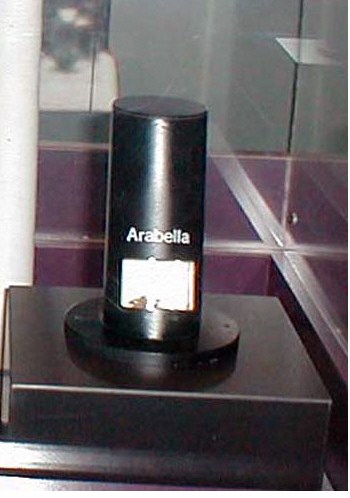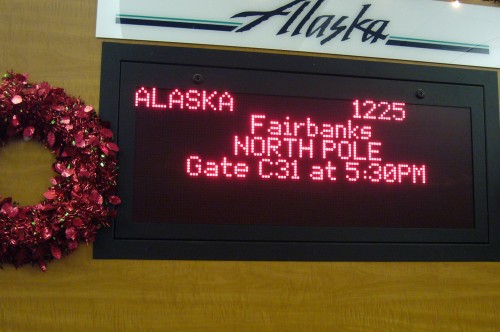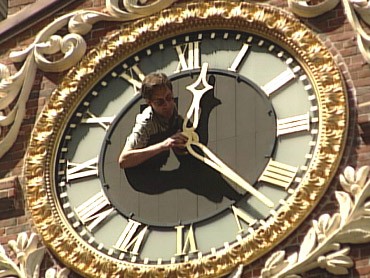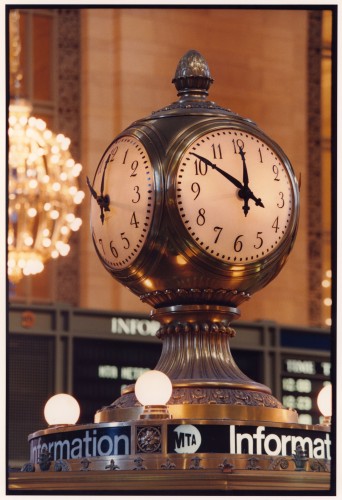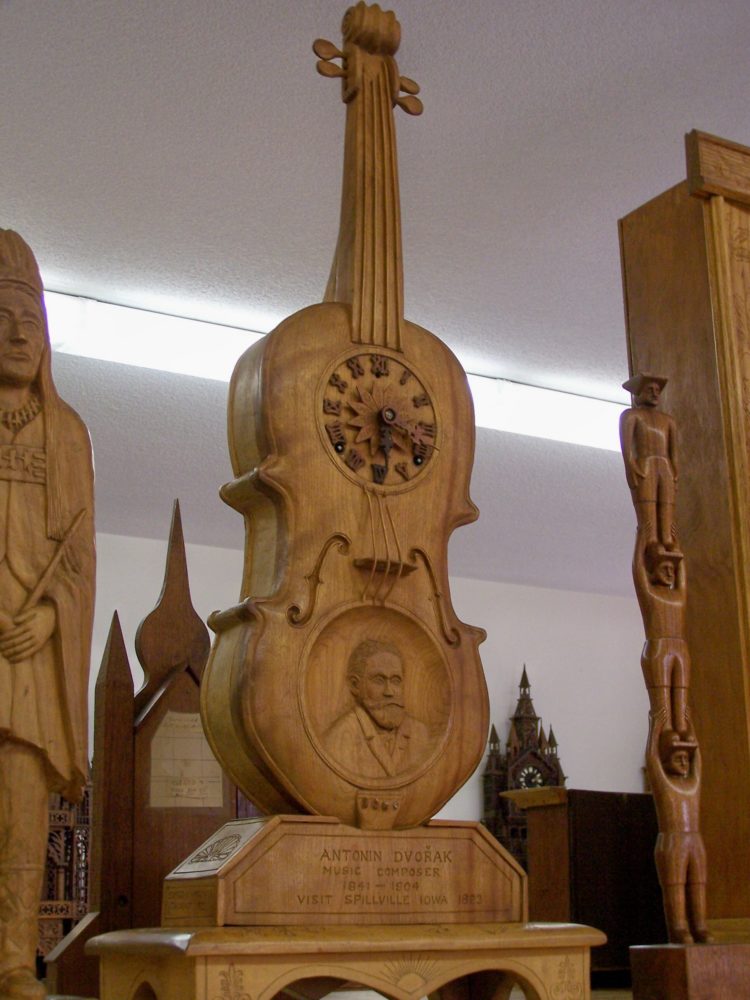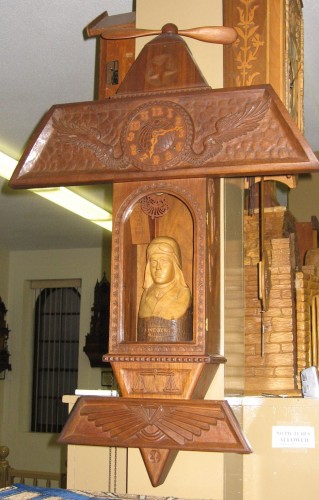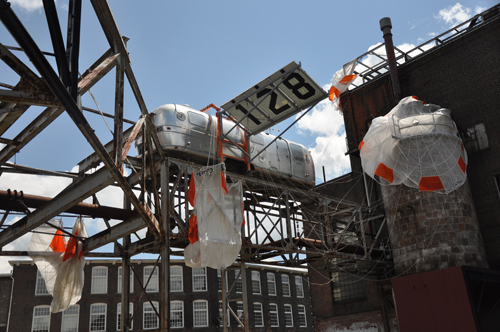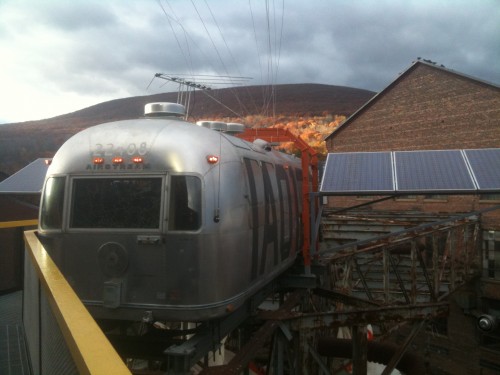Don’t tell me this hasn’t happened to you.
You have stuff to do. Deadlines. Work someone will pay you for if you just, you know, do it.
So you pour a cup of coffee and sit down at the computer.
But then, dang, the Internet happens.
Here’s a bit of what got me distracted today.
Air New Zealand posted time-lapse video footage of its first new domestic A320 being built and painted with all black livery.
The paint job has something to do with the All Blacks rugby team, so of course I had to visit that site and then the Small Blacks site as well.
As long as I was visiting the Air New Zealand site, I had to check in on what that wild and crazy furry creature, Rico, was up to. I found this reel of bloopers.
A quick check of email and Twitter sent me off in new directions.
Florida’s Dali Museum was opening in its snazzy new building in St. Petersburg, FL. And as someone who first came upon that museum collection, by accident, when it shared space with a factory in Cleveland, Ohio, I of course had to visit.

While there, I came across this clip of Salvador Dali as a guest on the old TV show, What’s My Line?
Then, of course, it was time to check email and Twitter and catch up on my RSS feed.
A blog post by the folks at the Smithsonian Air and Space Museum – 5 Cool Things at the Udvar-Hazy Center You May Have Missed – caught my eye because the Udvar-Hazy Center is just down the road Dulles International Airport.
And then I really got tangled up in the web. A comment on the museum blog post mentioned Anita, “the spider from Skylab.” I didn’t know about Anita so had to follow that thread.
It turns out that Anita and a companion spider, Arabella, were part of an experiment flown on Skylab, a space station launched in May 1973.
According the Smithsonian website:
Scientists and students interested in the growth, development, behavior, and adaptation of organisms in weightlessness provided a variety of biology experiments for flight in the orbital research laboratory. A common Cross spider, “Anita” participated in a web formation experiment suggested by a high school student. The experiment was carried out on the Skylab 3 mission, which lasted 59 days from July 28-September 25, 1973. Astronauts Alan Bean, Jack Lousma, and Owen Garriott carried out the scientific research in space, reported the results, and returned this specimen at the end of their mission. NASA then sent Anita, a companion spider “Arabella,” and the experiment equipment to the Museum.
Anita is on display at the Udvar-Hazy Center.

Arabella is in storage.
